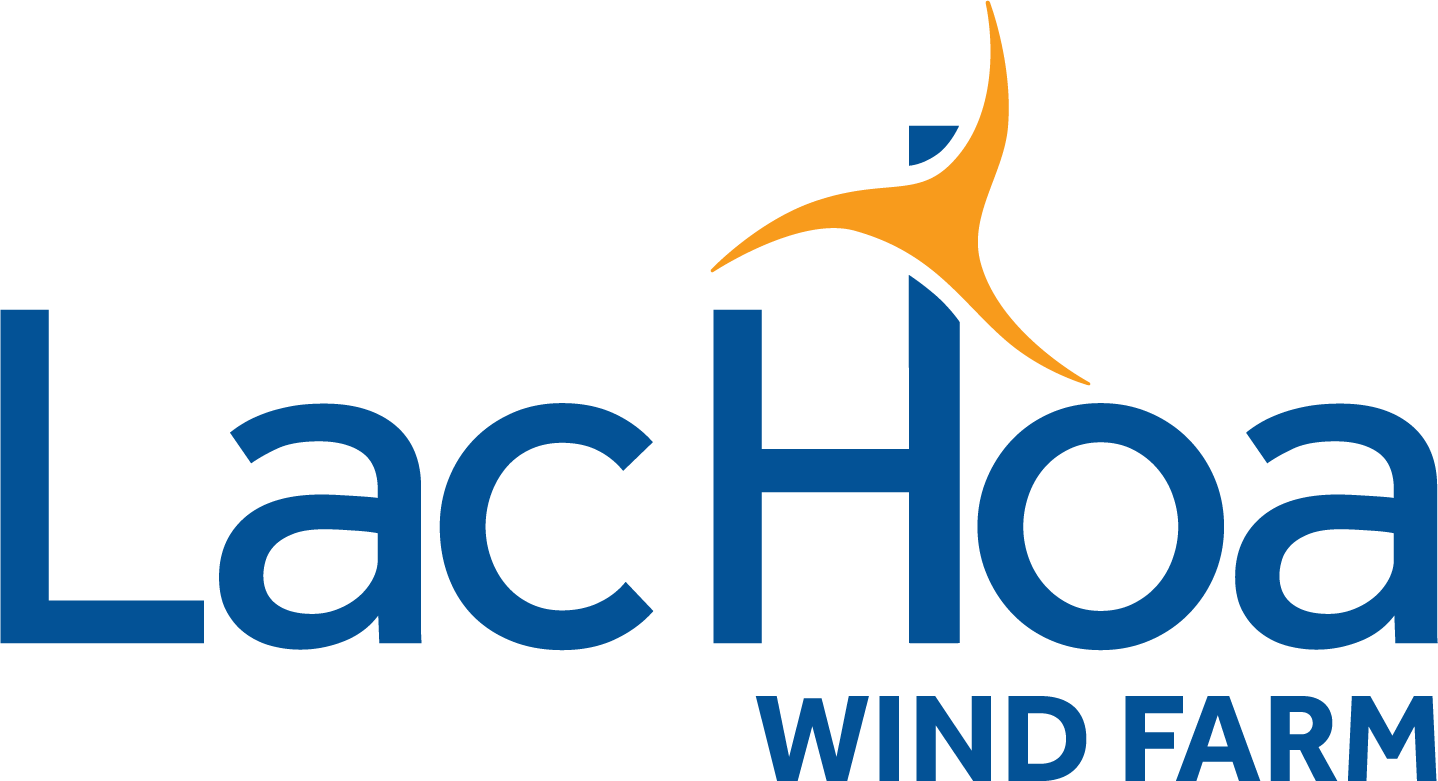
During the development, construction and operation phases, the Project will probably create some impacts on the environment and community in both positive and negative ways. The comprehensive assessment process is being undertaken to identify impacts and benefits associated with project activities and ways of dealing with them during the planning, design, construction and operation stages of the project. The goal of the process is to reduce the negative impacts and enhance the benefits or positive impacts of any intended activity. Planned mitigation measures will be described, and additional measures or controls will be recommended if impacts are still considered to be unacceptable.
FOLLOW IFC STANDARDS TO IMPROVE ESIA PROCESS
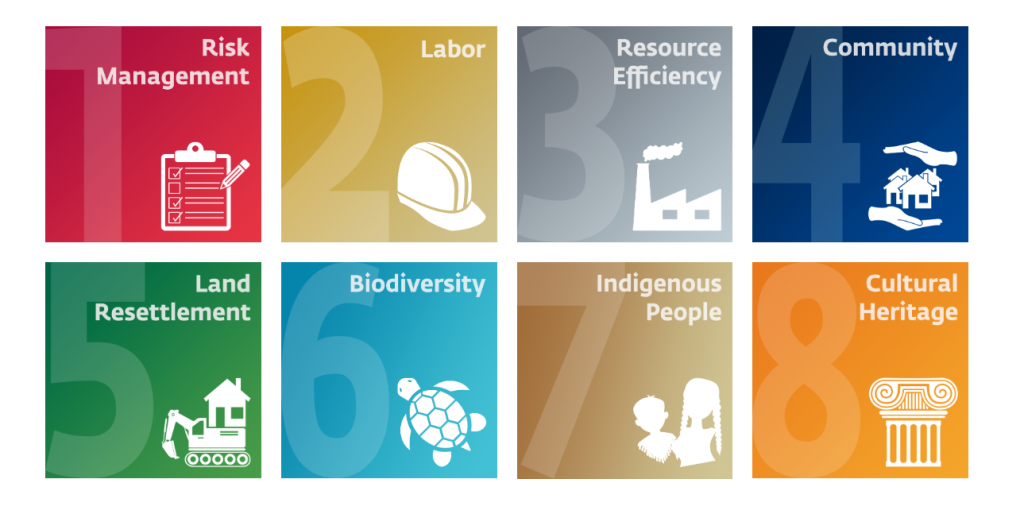
(Source: https://www.ifc.org/)
POTENTIAL IMPACTS
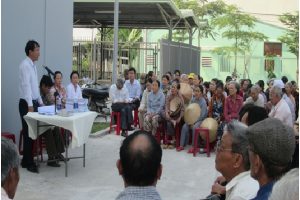
SOCIAL
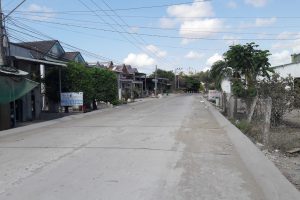
TRAFFIC AND TRANSPORTATION
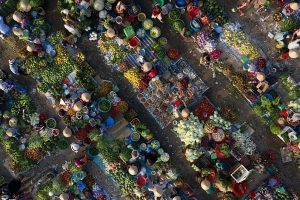
ECONOMICS
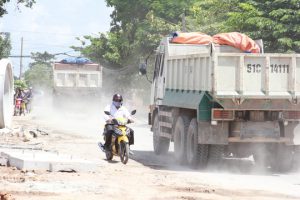
AIR POLLUTION

BIRD AND BAT
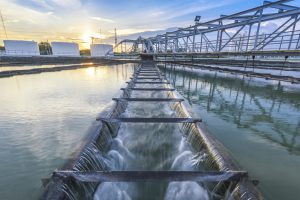
WASTEWATER
HOW WE AVOID IMPACTS
- Reduce land disturbance to a minimum.
- Undertake detailed topographic mapping.
- Reduce habitat clearing during construction where possible.
- Wildlife (including bird and bat) habitat and wetlands assessment.
- Rare threatened and endangered species studies.
- Noise impact assessment.
- Shadow flicker study.
- Ensure public safety.
- Minimize effects on cultural resources.
- Maintain water quality.
- Sediment/erosion control plan and stormwater management.
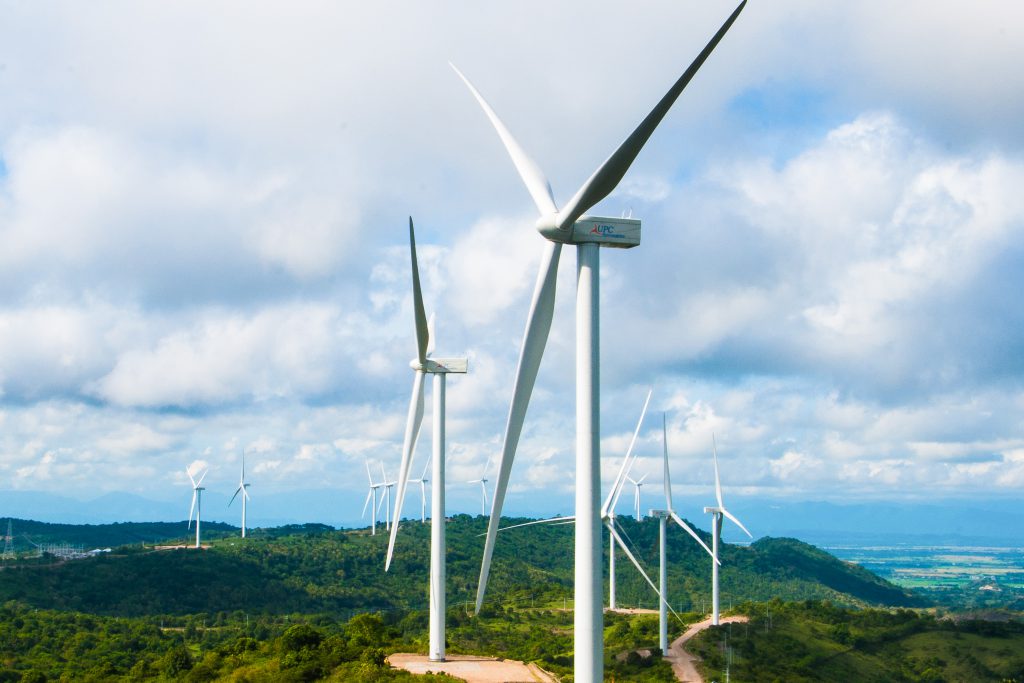
MITIGATION PLAN
Safety procedures: Besides PPE, the Investor also conducts project supervision plan according to the ESMP Standards for environmental and social safety measurement to strictly manage the construction phase.
Dust suppression: During construction phase, logistic transportation can cause road dust and emissions. Accordingly, the company will have specific handling measures such as:
- Watering to reduce dust on dry days.
- Construction of temporary jetty to shorten road transport distances – reducing sources of dust and air pollution.
- Always cover scrap yards.
- Maintenance of equipment and machinery.
Wastewater: Wastewater of workers’ living, Rainwater run-off. Accordingly, the company will have specific handling measures such as:
- Arranging portable toilets for workers.
- Collection of storm-water runoff, construction waste-water with a separate drainage system.
- Do not gather materials near water sources.
Solid waste / Hazardous waste: generated during the construction of the project, the daily life of workers such as: Rags, oil-contaminated gloves, waste oil, fluorescent bulbs, etc …
- Domestic solid waste arranges containers, plastic bottles and containers to collect and sell scrap.
- Hazardous waste: sorting, collecting and treating according to regulations.
Eco system:
Training employees and workers on all rules, regulations and information regarding the protection of biological diversity, as well as disciplinary actions against violations. Hunting of birds and bats is prohibited for workers and contractors.
Contractors and their workers are not permitted to clear vegetation outside the premises of the project. All violations will be subject to disciplinary measures as prescribed by the laws.
Traffic management:
The Traffic Management Plan (TMP) will be developed to minimize the potential social impacts and potential risks to public health and safety to a level as low as reasonably possible and to remove threats to Public Health and Safety. In order to understand the magnitude of the potential impacts, plan mitigation strategies, and develop TMP, a Traffic Impact Assessment will be sought and conducted by a professional consultant. We are planning to have TIA’s site works started in May and TIA’s report completed in June/July this year.
Occupational health, safety and public security:
Prior to the construction, the main contractor is required to develop and submit an Occupational Health and Safety (OHS) Management Plan (OHS) to the Project Owner for review and approval.
Construction workers engaged in special jobs (e.g., erection of turbine towers, electric poles, electrical work, crane lifting, etc.) are compulsory to attend a special training course on relevant OHS procedures (e.g., overhead work, confined space work and electrical operations, etc.) and are only allowed to perform work when passing the tests and obtaining work licenses.
Initial and periodic health examinations for construction workers will be implemented.
Good implementation of dust, emission, noise, waste and wastewater impact management measures.
Proper performance of traffic and transport infrastructure management measures.
Cultural Heritage:
The project will endeavor to limit affecting any known historical and cultural monuments.
